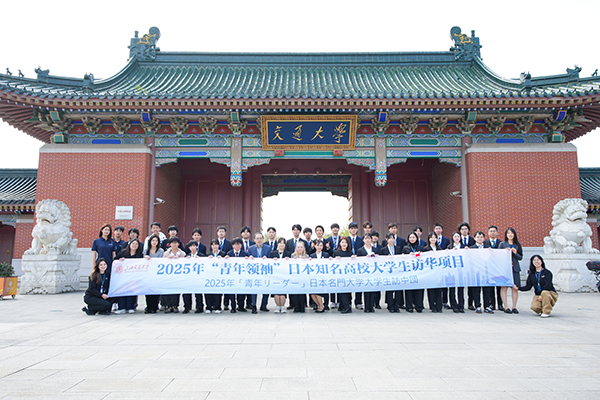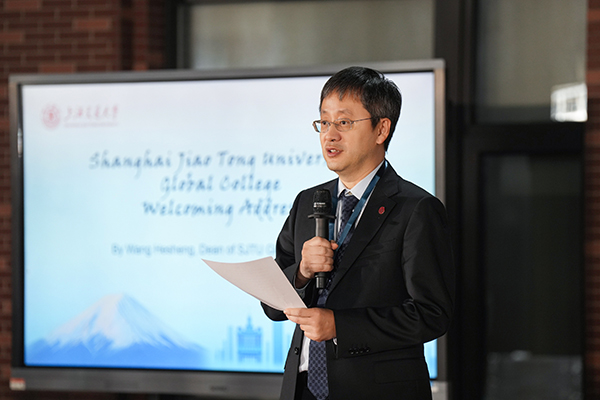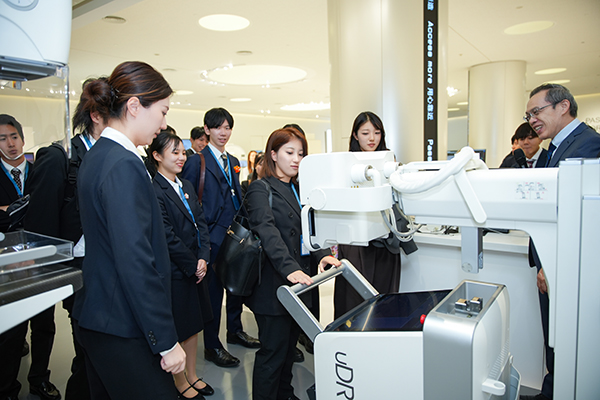
From November 1 to 5, the 2025 Sino-Japan Young Leaders Program was held in Shanghai and Hangzhou. Thirty students from leading Japanese universities, including the University of Tokyo, Tokyo Institute of Technology, Keio University, Waseda University, and Yokohama National University, joined Chinese student representatives from Shanghai Jiao Tong University, Shanghai International Studies University, and Zhejiang University for academic and cultural exchange. The program was organized by the Embassy of the People’s Republic of China in Japan and hosted by Shanghai Jiao Tong University Global College (SJTUGC, abbreviated as GC).


On the evening of November 1, the delegation attended the opening ceremony at the Long Bin Building on the Minhang Campus of SJTU. GC Dean Hesheng Wang and Deputy Director Qian Wang of SJTU International Affairs Division delivered welcome remarks. Delegation leader Akira Hirabayashi, Member of the House of Representatives of Japan (Komeito Party), expressed his gratitude for the hospitality and looked forward to deepening mutual understanding and cooperation between Chinese and Japanese youth through the program.
On the morning of November 2, the China–Japan Student Forum was held at the Long Bin Building. Participants held in-depth discussions on trends in artificial intelligence (AI), the development of AI education, research innovation, and talent training in China and Japan.


The delegation visited SJTU’s Sports and Health Science & Practice Laboratory and the Intelligent Robotics and Machine Vision Laboratory to learn about research progress in health science and intelligent robotics. Students from both countries also participated in cultural activities, including musical performances and a joint poster creation session.
At Shanghai International Studies University, participants attended a lecture on postwar China–Japan relations and exchanged views with SISU students. The delegation then visited Zhejiang University’s Hangzhou International Science and Innovation Center to observe its research and innovation environment.



The program included visits to SAIC Motor, United Imaging Healthcare, Unitree Robotics, and DeepRobotics, where students learned about developments in advanced manufacturing, medical imaging, and robotics. Cultural activities in Shanghai and Hangzhou introduced the delegation to traditional architecture, historical sites, and handicrafts. Students also visited Qingshan Village in Hangzhou to observe rural revitalization initiatives.

The five-day program provided a platform for academic exchange, technological engagement, and cultural understanding between Chinese and Japanese university students. The activities strengthened communication among young participants and supported ongoing efforts to promote mutual understanding and cooperation between the two countries.
